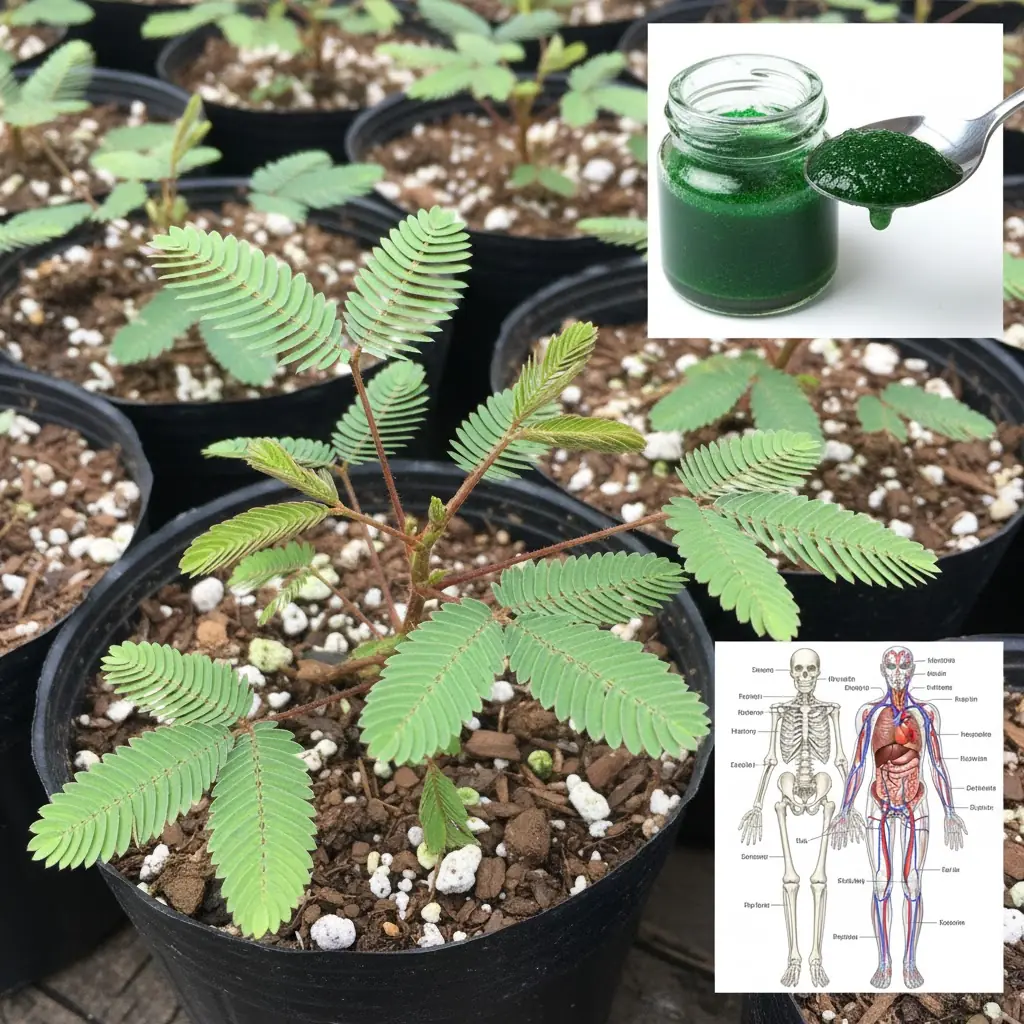
Exercise training increases size of hippocampus and improves memory
The hippocampus shrinks in late adulthood, leading to impaired memory and increased risk for dementia. Hippocampal and medial temporal lobe volumes are larger in higher-fit adults, and physical activity training increases hippocampal perfusion, but the extent to which aerobic exercise training can modify hippocampal volume in late adulthood remains unknown.
Here we show, in a randomized controlled trial with 120 older adults, that aerobic exercise training increases the size of the anterior hippocampus, leading to improvements in spatial memory. Exercise training increased hippocampal volume by 2%, effectively reversing age-related loss in volume by 1 to 2 y. We also demonstrate that increased hippocampal volume is associated with greater serum levels of BDNF, a mediator of neurogenesis in the dentate gyrus.
Hippocampal volume declined in the control group, but higher preintervention fitness partially attenuated the decline, suggesting that fitness protects against volume loss. Caudate nucleus and thalamus volumes were unaffected by the intervention. These theoretically important findings indicate that aerobic exercise training is effective at reversing hippocampal volume loss in late adulthood, which is accompanied by improved memory function.
Deterioration of the hippocampus precedes and leads to memory impairment in late adulthood (1, 2). Strategies to fight hippocampal loss and protect against the development of memory impairment has become an important topic in recent years from both scientific and public health perspectives. Physical activity, such as aerobic exercise, has emerged as a promising low-cost treatment to improve neurocognitive function that is accessible to most adults and is not plagued by intolerable side effects often found with pharmaceutical treatments (3). Exercise enhances learning and improves retention, which is accompanied by increased cell proliferation and survival in the hippocampus of rodents (4–6); effects that are mediated, in part, by increased production and secretion of BDNF and its receptor tyrosine kinase trkB (7, 8).
Aerobic exercise training increases gray and white matter volume in the prefrontal cortex (9) of older adults and increases the functioning of key nodes in the executive control network (10, 11). Greater amounts of physical activity are associated with sparing of prefrontal and temporal brain regions over a 9-y period, which reduces the risk for cognitive impairment (12).
Further, hippocampal and medial temporal lobe volumes are larger in higher-fit older adults (13, 14), and larger hippocampal volumes mediate improvements in spatial memory (13). Exercise training increases cerebral blood volume (15) and perfusion of the hippocampus (16), but the extent to which exercise can modify the size of the hippocampus in late adulthood remains unknown.
To evaluate whether exercise training increases the size of the hippocampus and improves spatial memory, we designed a single-blind, randomized controlled trial in which adults were randomly assigned to receive either moderate-intensity aerobic exercise 3 d/wk or stretching and toning exercises that served as a control. We predicted that 1 y of moderate-intensity exercise would increase the size of the hippocampus and that change in hippocampal volume would be associated with increased serum BDNF and improved memory function.
News in the same category

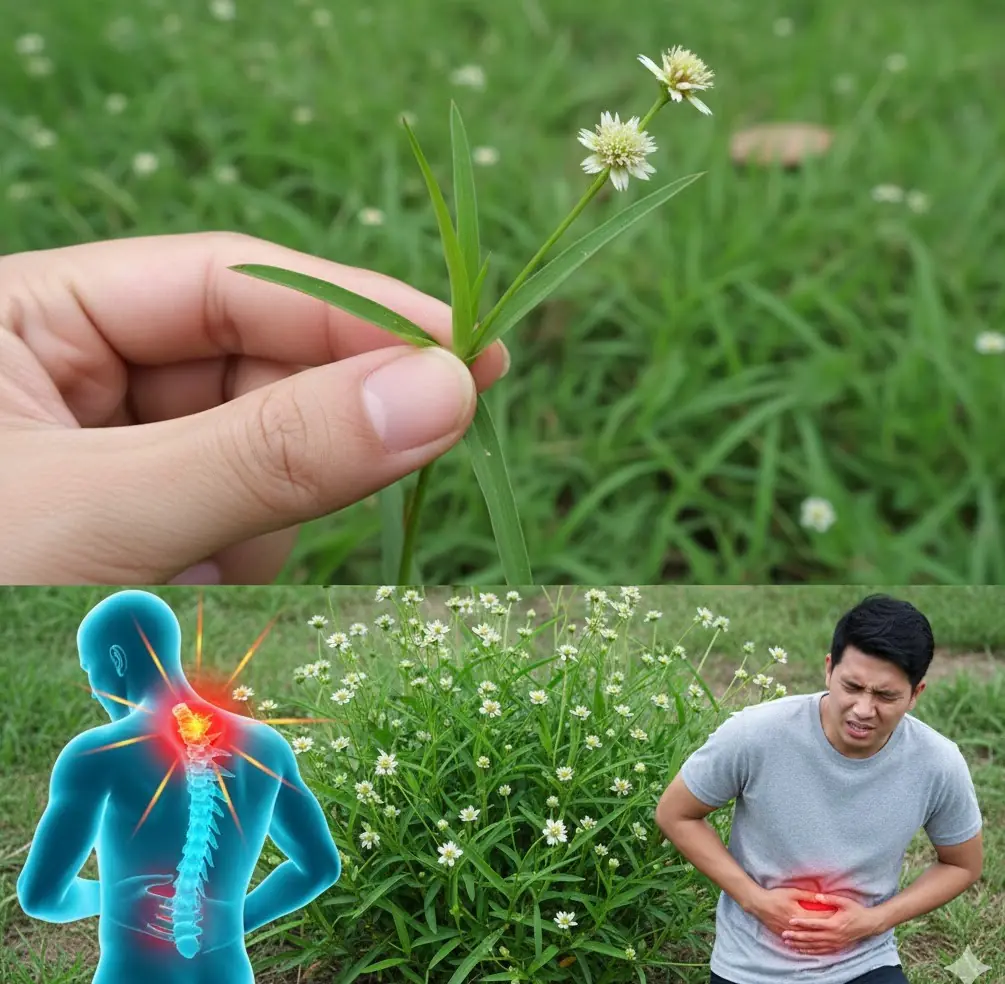
Nature’s Secret Healer: Discover the Astonishing Powers of Kyllinga Brevifolia for a Healthier You
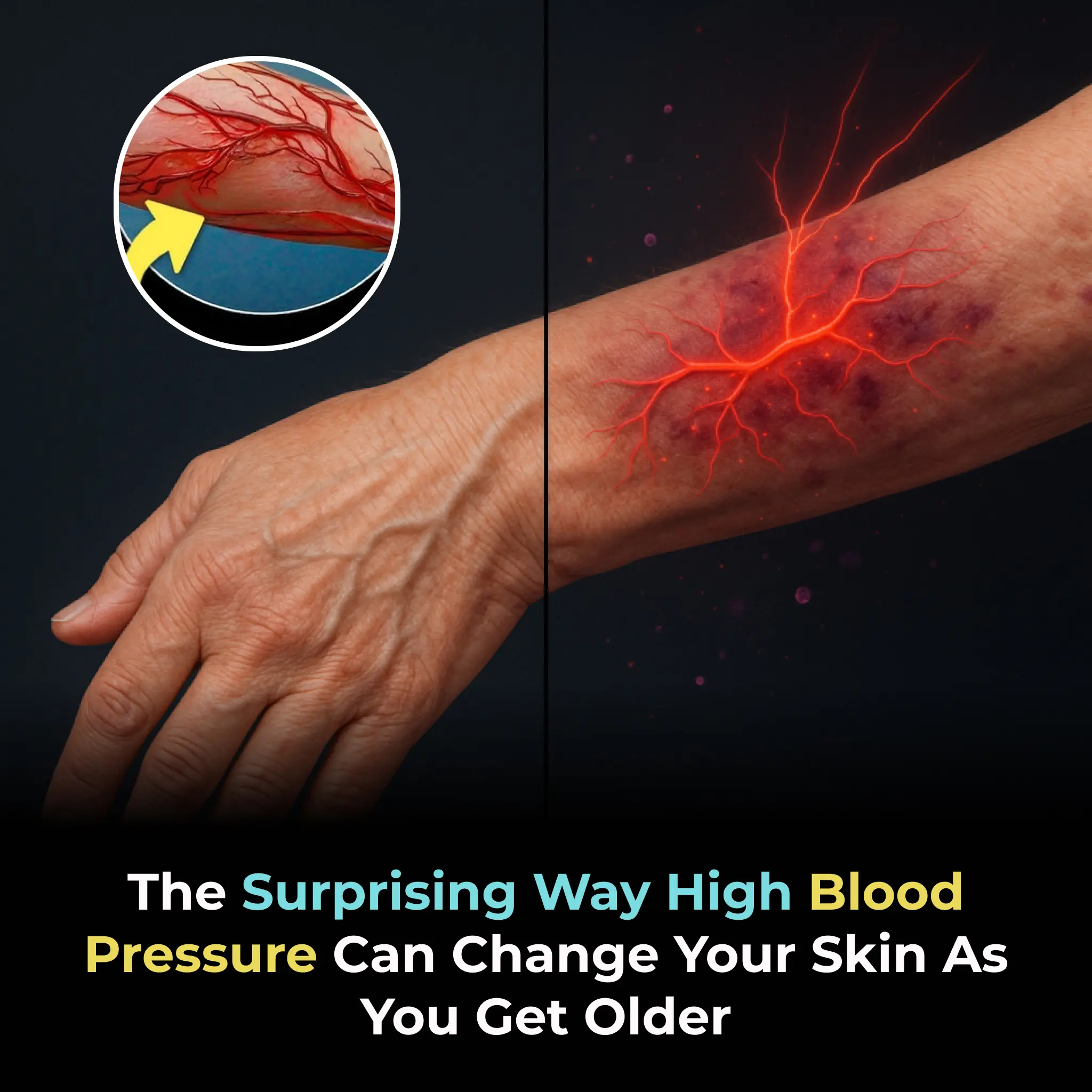
The surprising way high blood pressure can change your skin as you get older

10 supplement combos that cancel out each other’s benefits
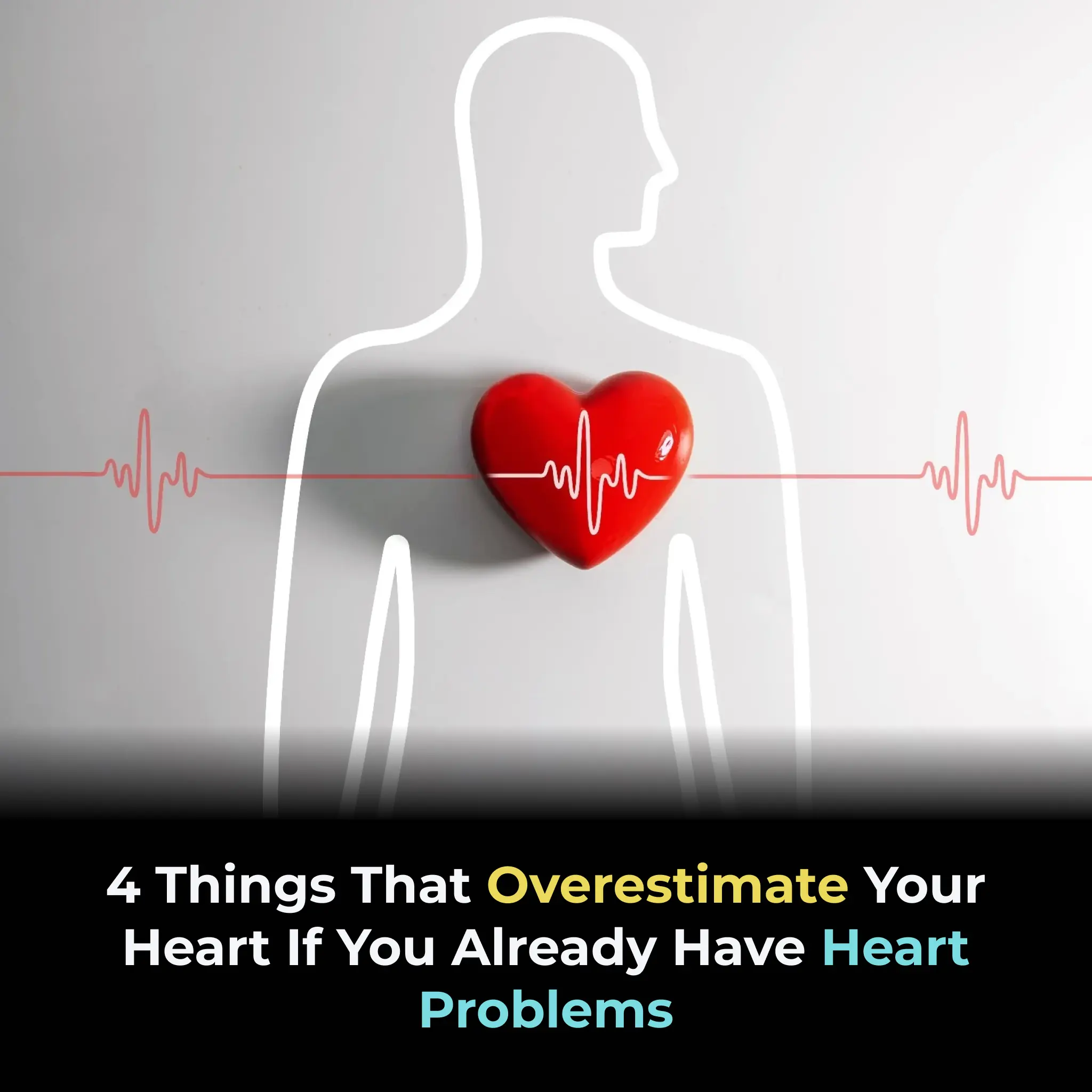
4 things that overestimate your heart if you already have heart problems
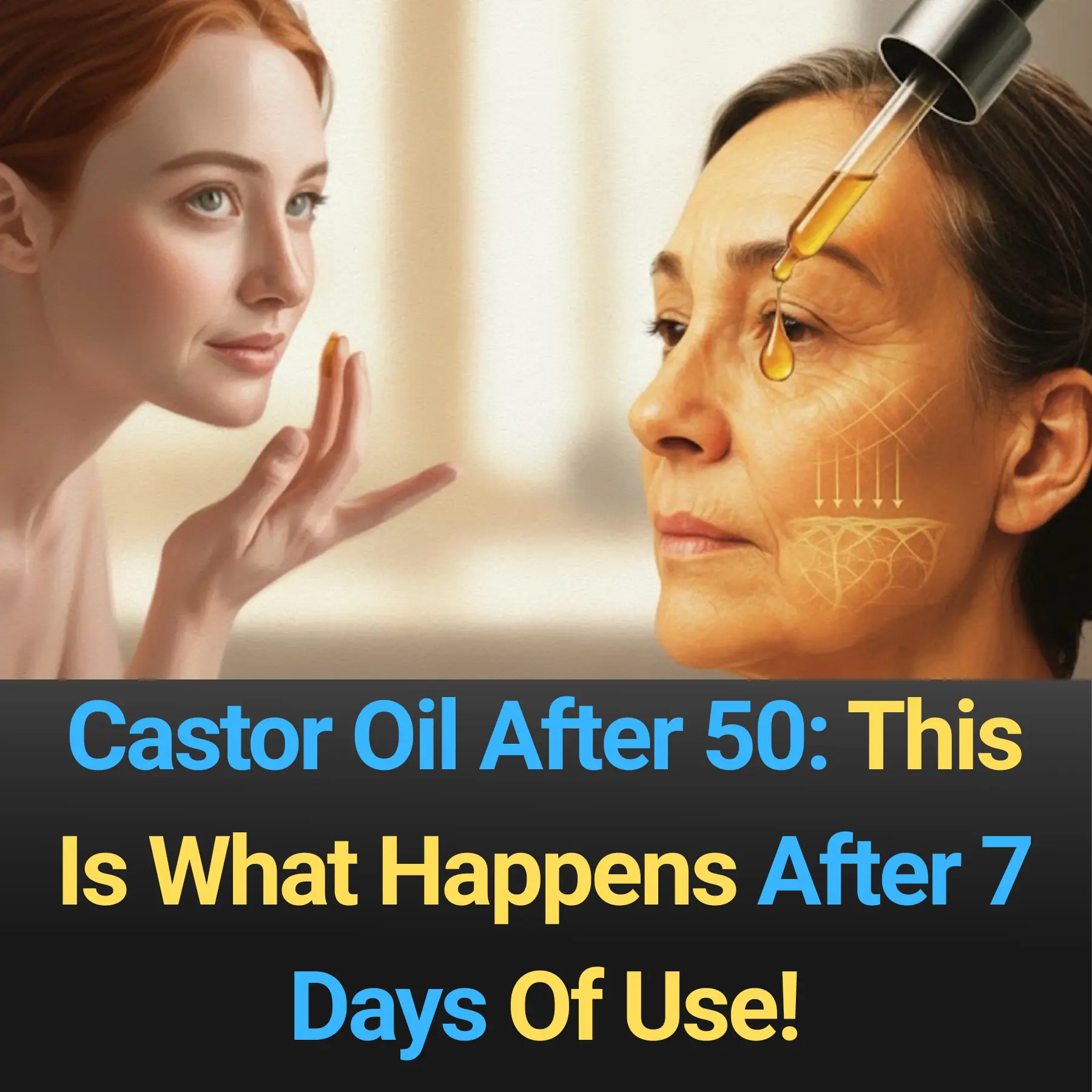
Castor Oil After 50: This Is What Happens After 7 Days Of Use!

Unlock the Secret Benefits of Olive Oil
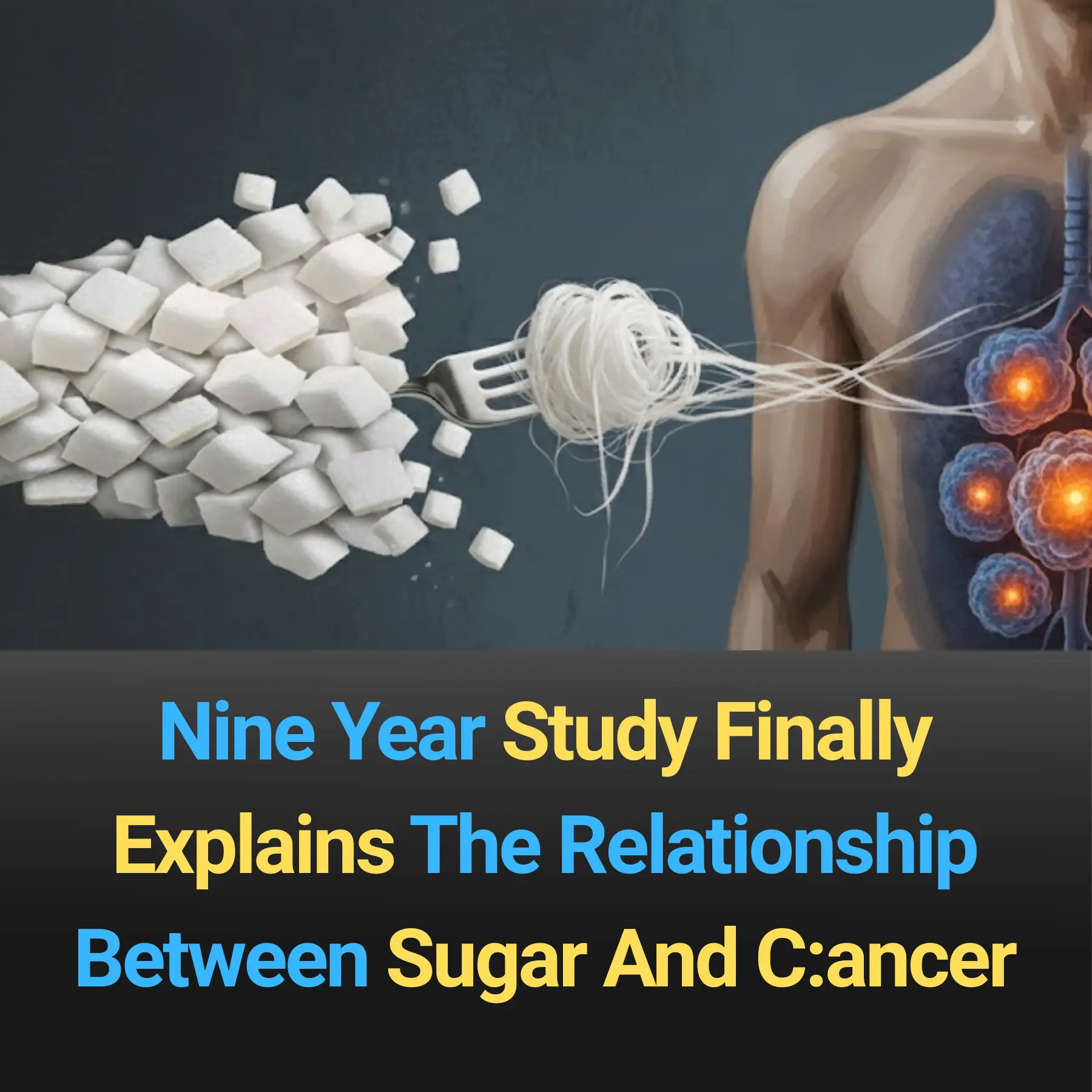
Nine Year Study Finally Explains The Relationship Between Sugar And Cancer

These 9 foods contain compounds that disrupt breast cancer cells
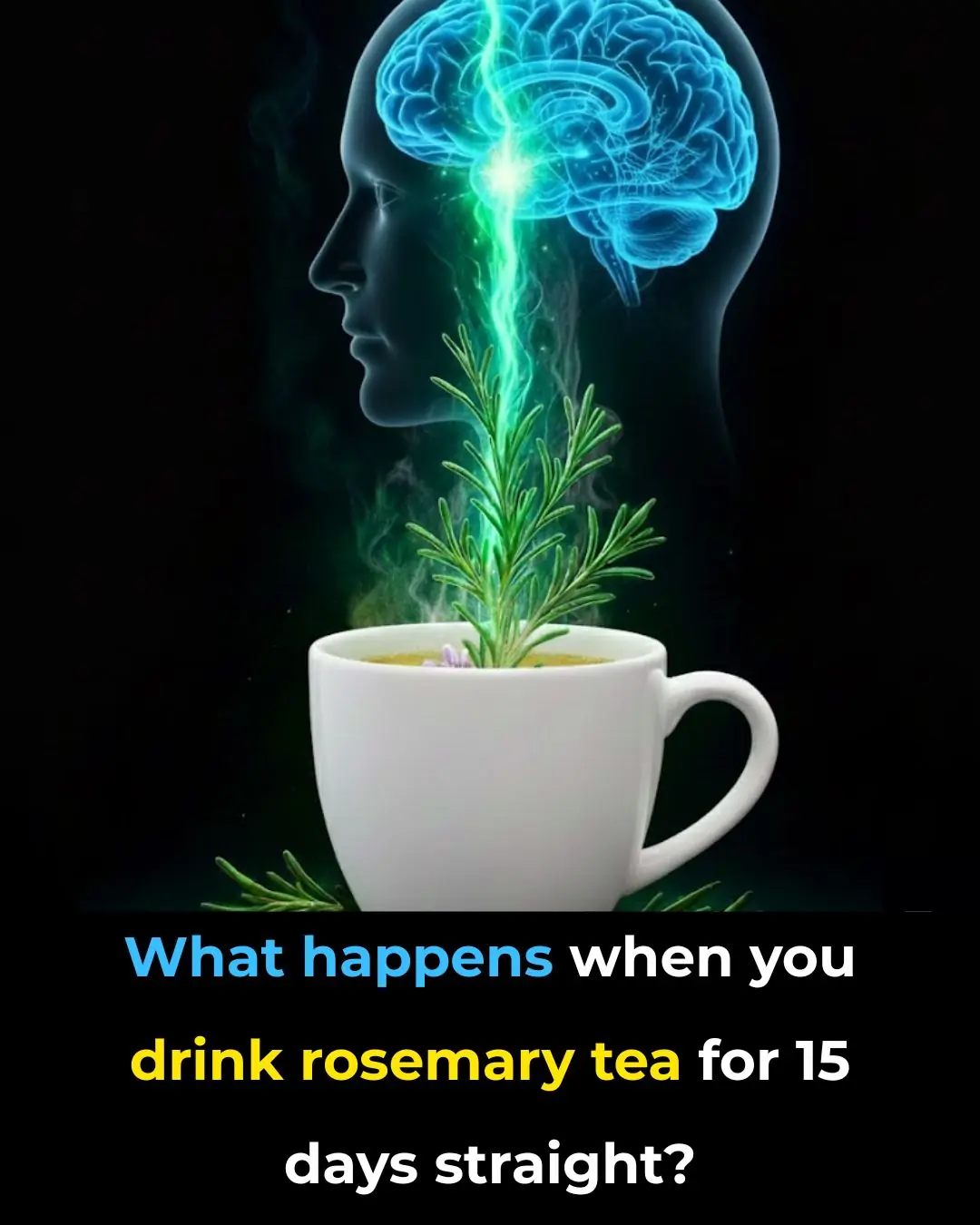
Rosemary tea: drink it for 15 days and see what happens
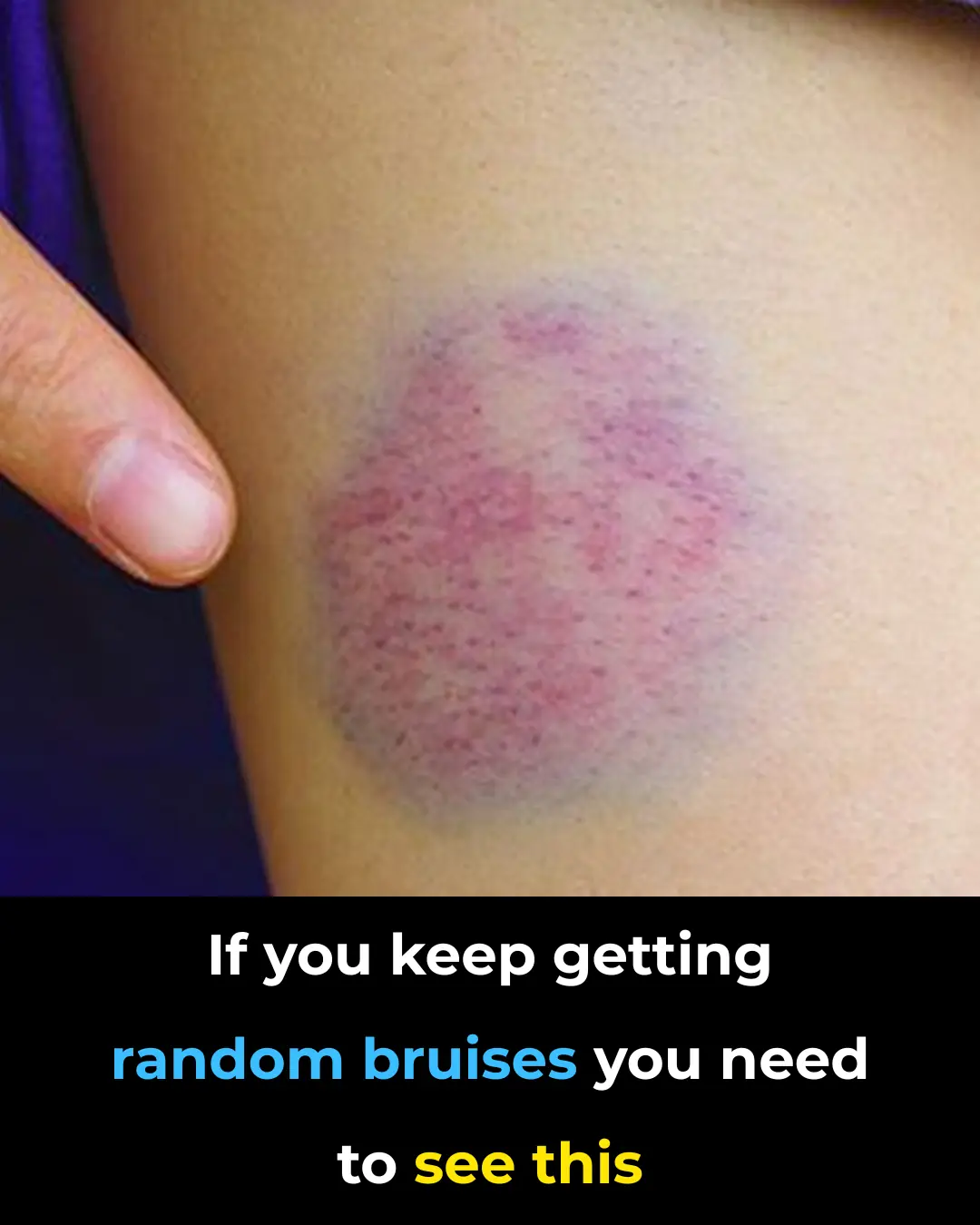
Unexplained Bruising on Your Body: Causes and Treatments
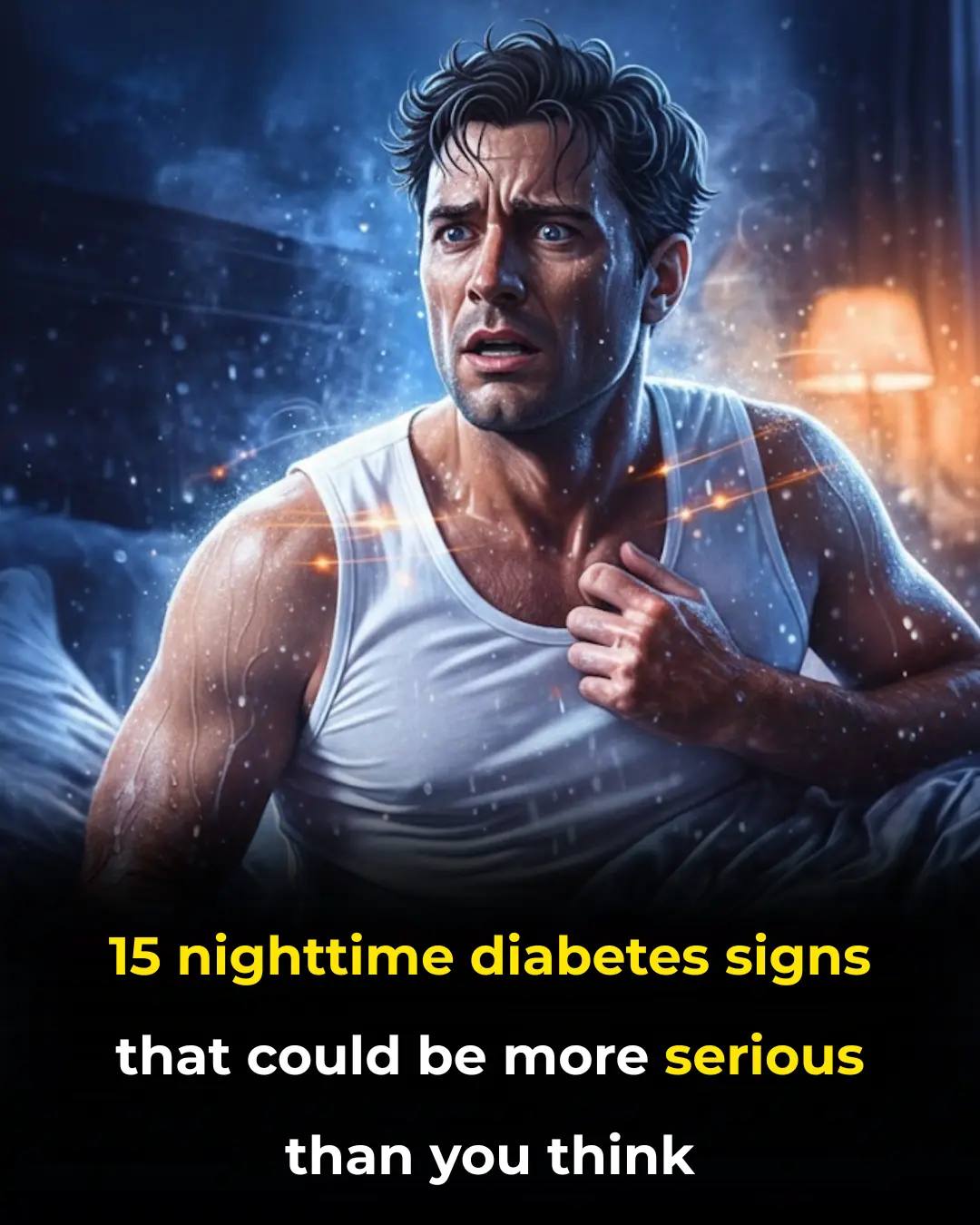
15 Nighttime Signs of Diabetes You Shouldn’t Ignore

Diabetes? Just boil these leaves to lower blood sugar (without medications)!

The Hidden Health Risks of 4 Foods You Thought Were Clean
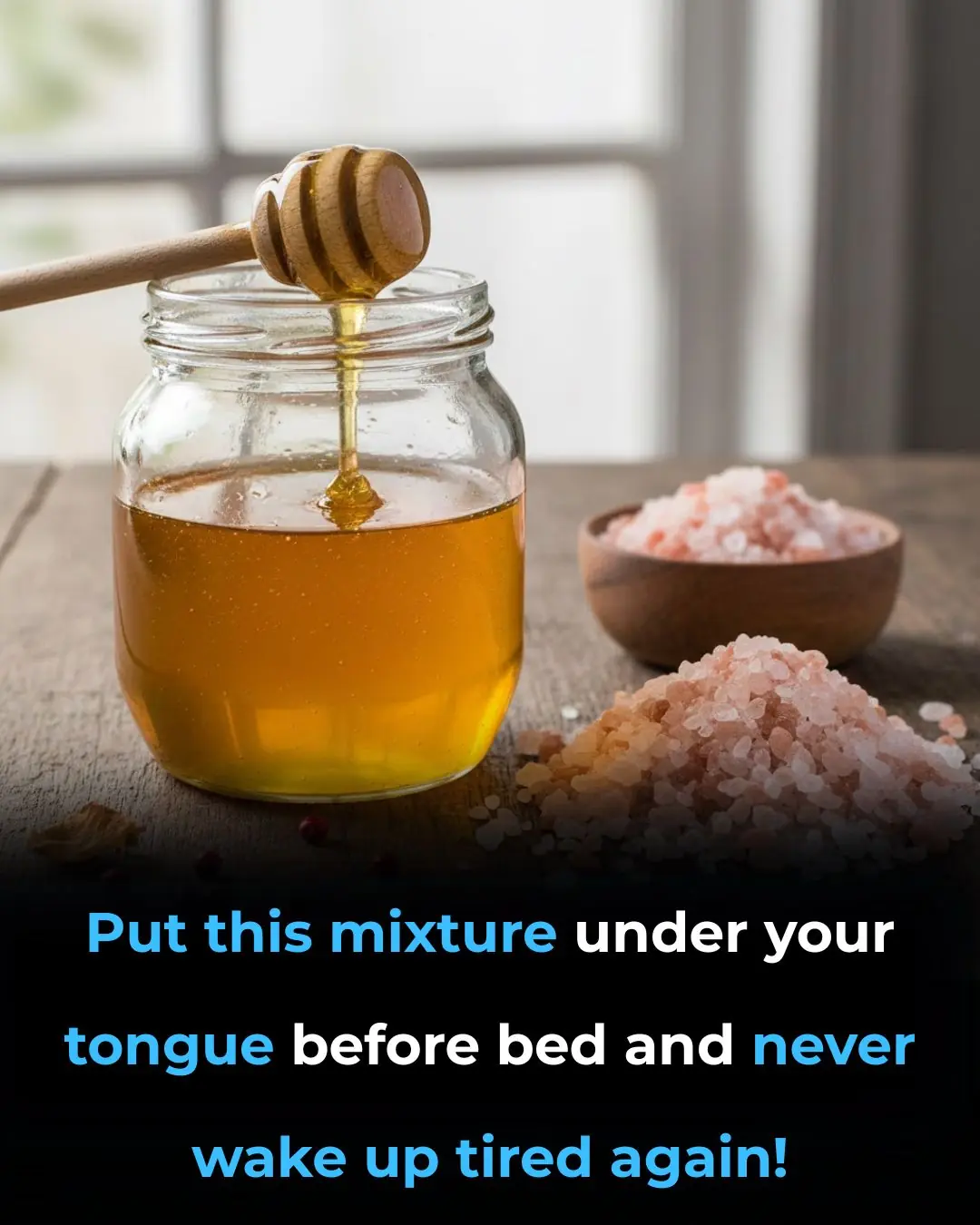
Put THIS Mixture Under Your Tongue Before Bed And NEVER Wake Up Tired Again!
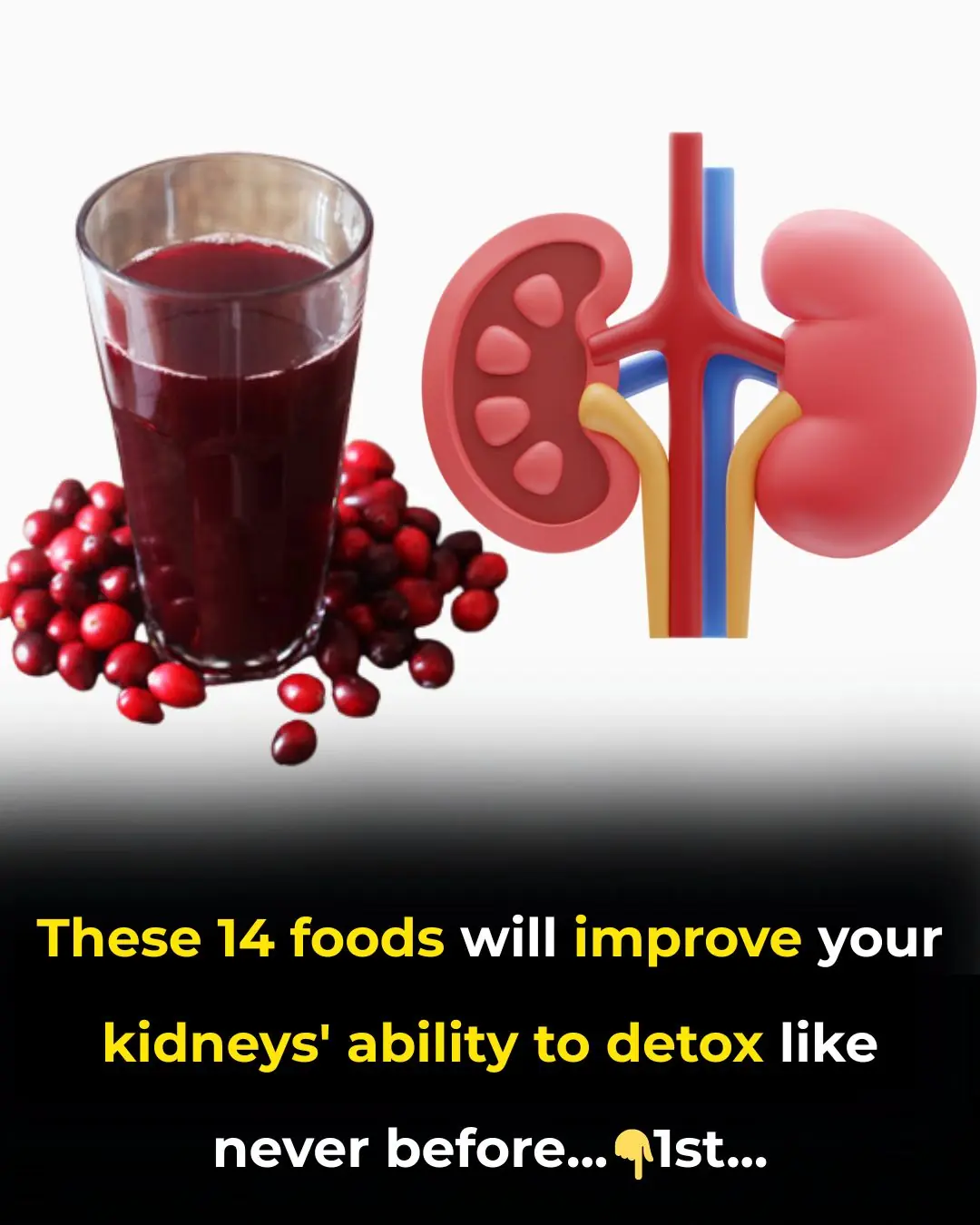
These 14 Foods Will Improve Your Kidneys’ Ability To Detox Like Never Before!

Home Remedies For Kidney Stones – 21 Remedies For Effective Pain Relief

Diabetes? Just boil these leaves to lower blood sugar (without medications)!
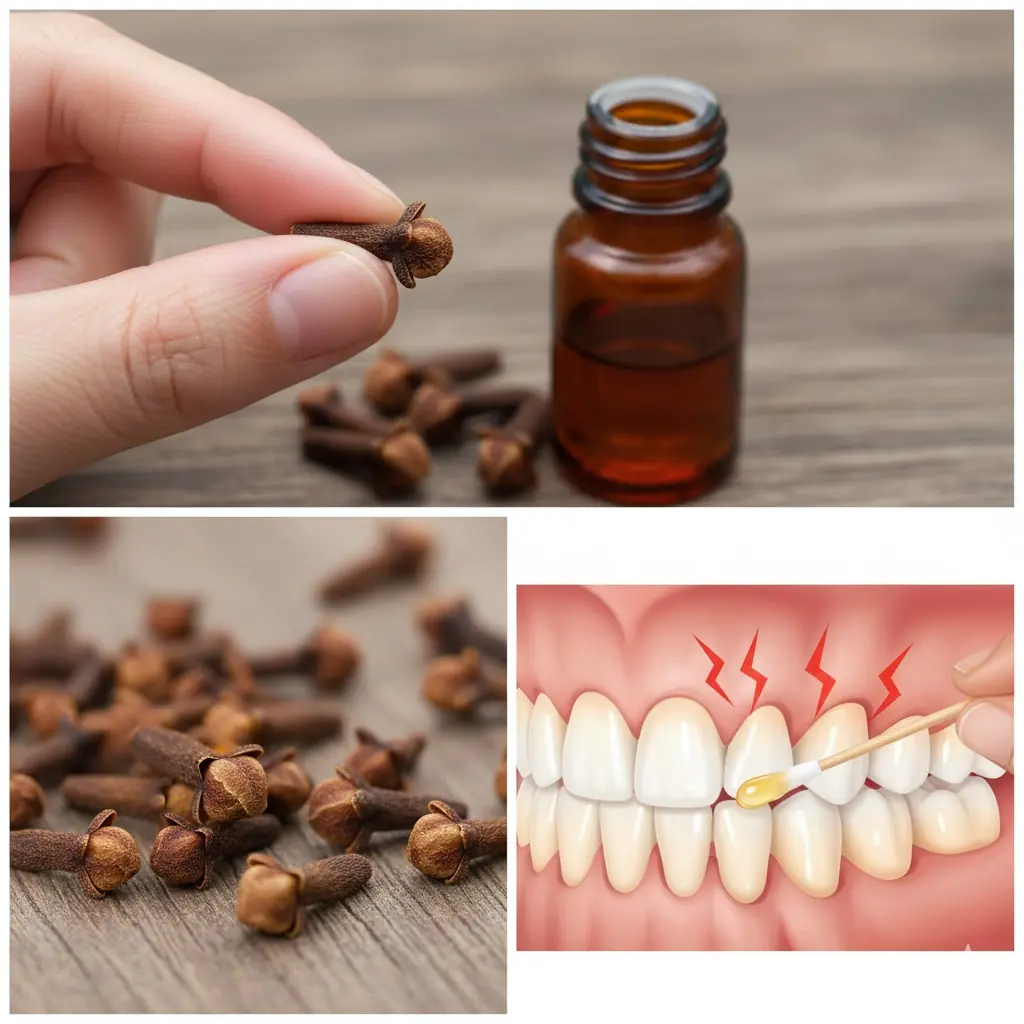
How to Make Homemade Clove Oil and the Powerful Benefits It Offers
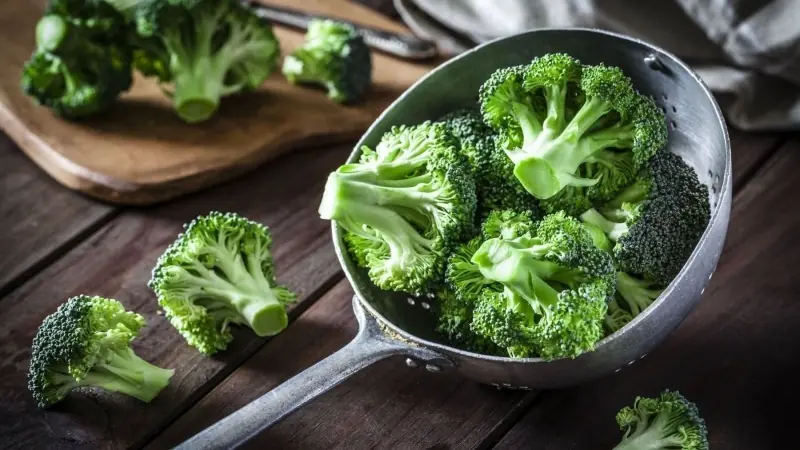
9 Foods You Should Eat Regularly to Prevent Memory Loss and Keep Your Brain Sharp as You Age
News Post

When Grandma Drives the Soup Cart, the Whole City Feels Warmer

Mimosa Pudica: The Gentle Plant with Powerful Wellness Benefits
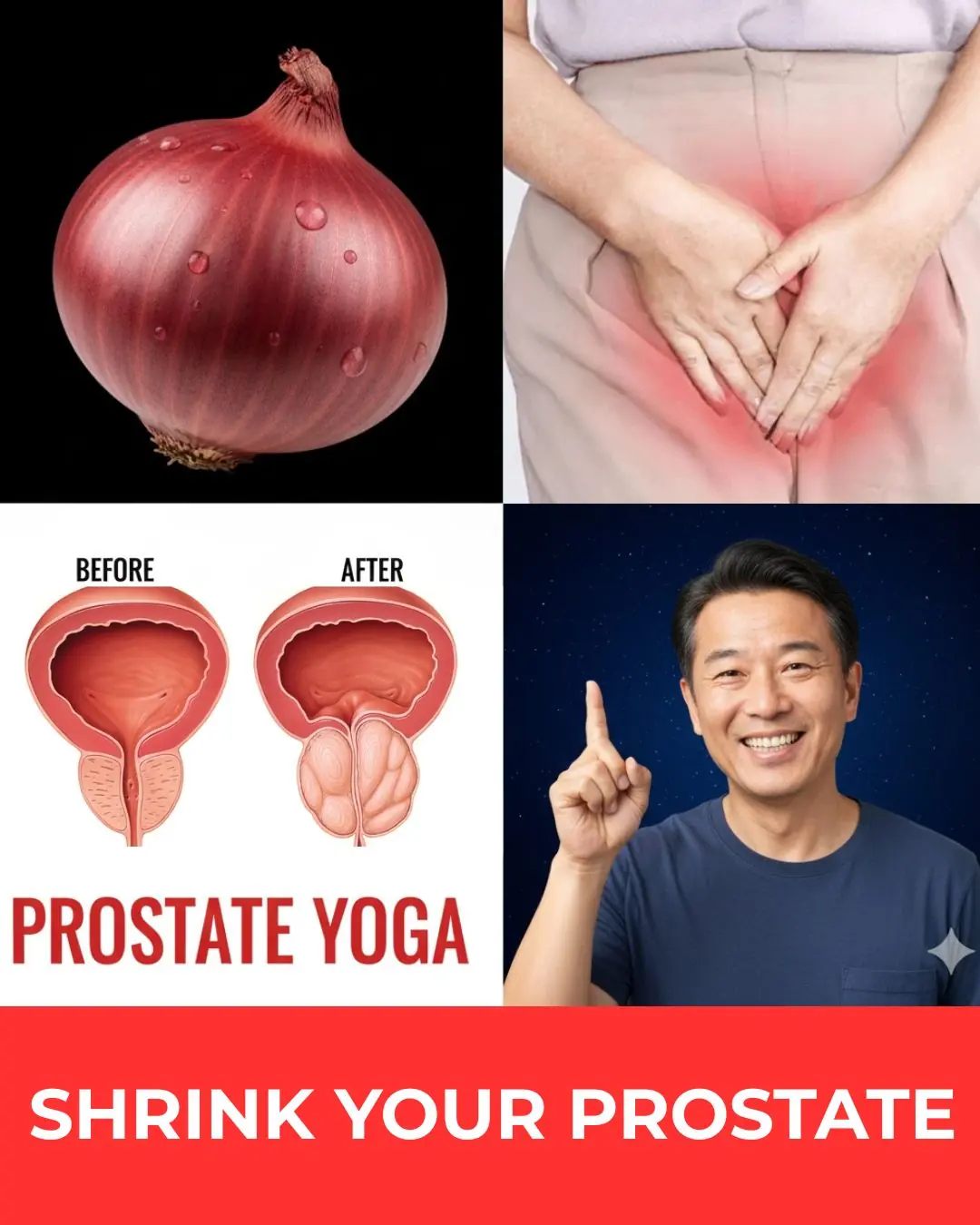
Don’t Toss Those Onion Peels — They’re Nature’s Hidden Remedy

Nature’s Secret Healer: Discover the Astonishing Powers of Kyllinga Brevifolia for a Healthier You

The Plaster That Re-Grows Teeth – The Revolution That Changes Dentistry
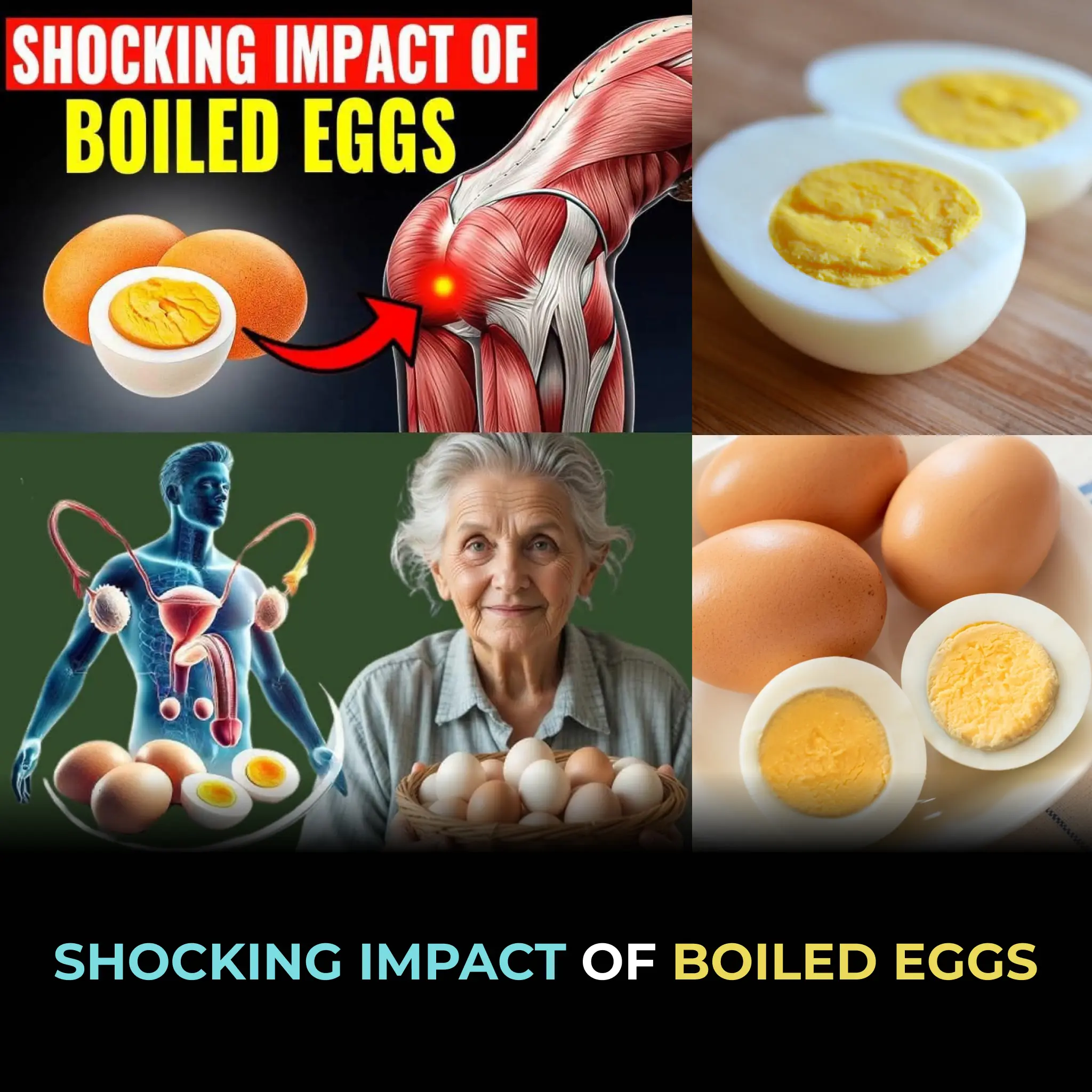
Eat Eggs but NEVER Make These 7 Mistakes — They Can Be Dangerous for Seniors

Boil a banana with cinnamon and drink it tonight; it's much more powerful than pills!

The surprising way high blood pressure can change your skin as you get older

10 supplement combos that cancel out each other’s benefits

4 things that overestimate your heart if you already have heart problems

Your Brain as a Chemical Factory: How Thoughts Shape Your Health and Well-Being

Scientists Unlock the Brain’s Potential to Restore Forgotten Memories Through Silent Neuron Reactivation

Groundbreaking Discovery Enhances Immune Cells to Fight Cancer More Aggressively

Castor Oil After 50: This Is What Happens After 7 Days Of Use!

Breakthrough Discovery Targets Dormant Cells to Prevent Breast Cancer Recurrence

Unlock the Secret Benefits of Olive Oil

Nine Year Study Finally Explains The Relationship Between Sugar And Cancer

Fungi as the Future of Data Storage: How Mushrooms Could Revolutionize Digital Systems

American Sweetgum (Liquidambar styraciflua): The Forgotten Healing Tree
